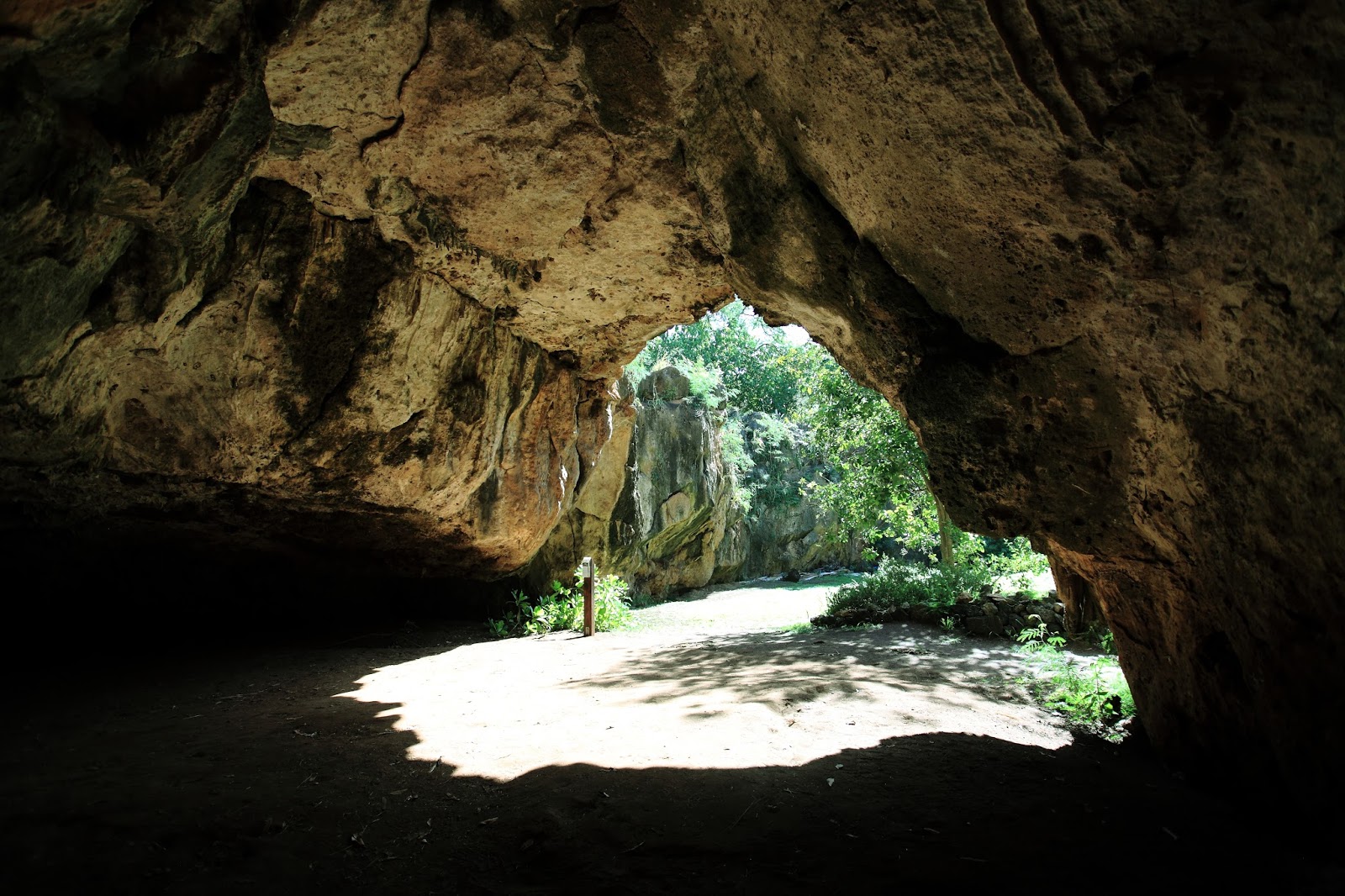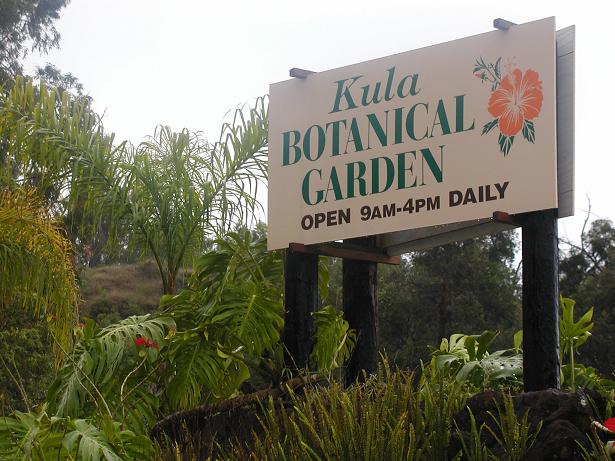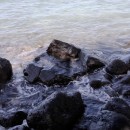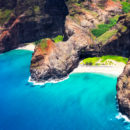 Makauwahi Cave on the southern coast of Kauai is known as the largest limestone cave in Hawaii. The cave and the surrounding 17-acre Makauwahi Cave Reserve is also considered an important paleoecological and archaeological site because of its rich fossil deposits, not only in the Hawaiian Islands but also in the entire Pacific Island region. The traditional name, Makauwahi, means "smoke eye" in Hawaiian. The site has been historically known as a gravesite used by ancient Hawaiians.
Makauwahi Cave on the southern coast of Kauai is known as the largest limestone cave in Hawaii. The cave and the surrounding 17-acre Makauwahi Cave Reserve is also considered an important paleoecological and archaeological site because of its rich fossil deposits, not only in the Hawaiian Islands but also in the entire Pacific Island region. The traditional name, Makauwahi, means "smoke eye" in Hawaiian. The site has been historically known as a gravesite used by ancient Hawaiians.
The cave was formed when the once fossilized sand dune collapsed, revealing a sinkhole which became access to the site. In 1992, the mouth of the cave was discovered by a team of paleontologists, David Burney, Lida Pigott Burney, Helen F. James and Storrs L. Olson, while searching for fossil sites on the south coast of Kauaʻi. Further excavations after the discovery revealed interesting finds including pollen, seeds, diatoms, invertebrate shells, and Polynesian artifacts, as well as thousands of bird and fish bones, well preserved in the cave's unique environment.
The discoveries document not only the conditions before human colonization of the Hawaiian islands, but also the millennium of human occupation with the drastic ecological changes that occurred since first Polynesians, and later Europeans and Asians, arrived in the islands along with a suite of invasive alien species. They reveal the existence of a large number of native birds that became extinct as a result. The cave has also shown that certain plants previously believed to be Polynesian introductions, such as Kou (Cordia subcordata) and Hala (Pandanus tectorius), existed on the islands prior to human settlement.
Remains of some 40 species of birds have been found in the cave; half of these species are now extinct. New discoveries of extinct species include the turtle-jawed moa-nalo (Chelychelynechen quassus), the blind and flightless Kaua'i mole duck (Talpanas lippa), and the Kauaʻi palila (Loxioides kikuichi).
The site was leased by the Burneys since in 2004 and is currently subject to environmental restoration and is being replanted with threatened native plants. The cave and reserve is open to the public and can be accessed through a tiny crevice in the rocks which leads to a chamber that quickly opens into a magnificent, garden-like natural amphitheater.
Free guided tours of the cave are offered four days a week, during which visitors can see some of the fossils and artifacts that have been unearthed over the years — from bones and shells to early Hawaiian fish hooks and tools.
To get to the Makauwahi Cave, trek down the Mahaulepu Heritage Trail that begins at Shipwreck’s Beach. A short path through the trees leads to the tiny slit in the rocks. Getting through may involve crawling on all fours until you reach a small chamber which opens up to a lush garden.
Photo credit: adamhaydock.blogspot.com





